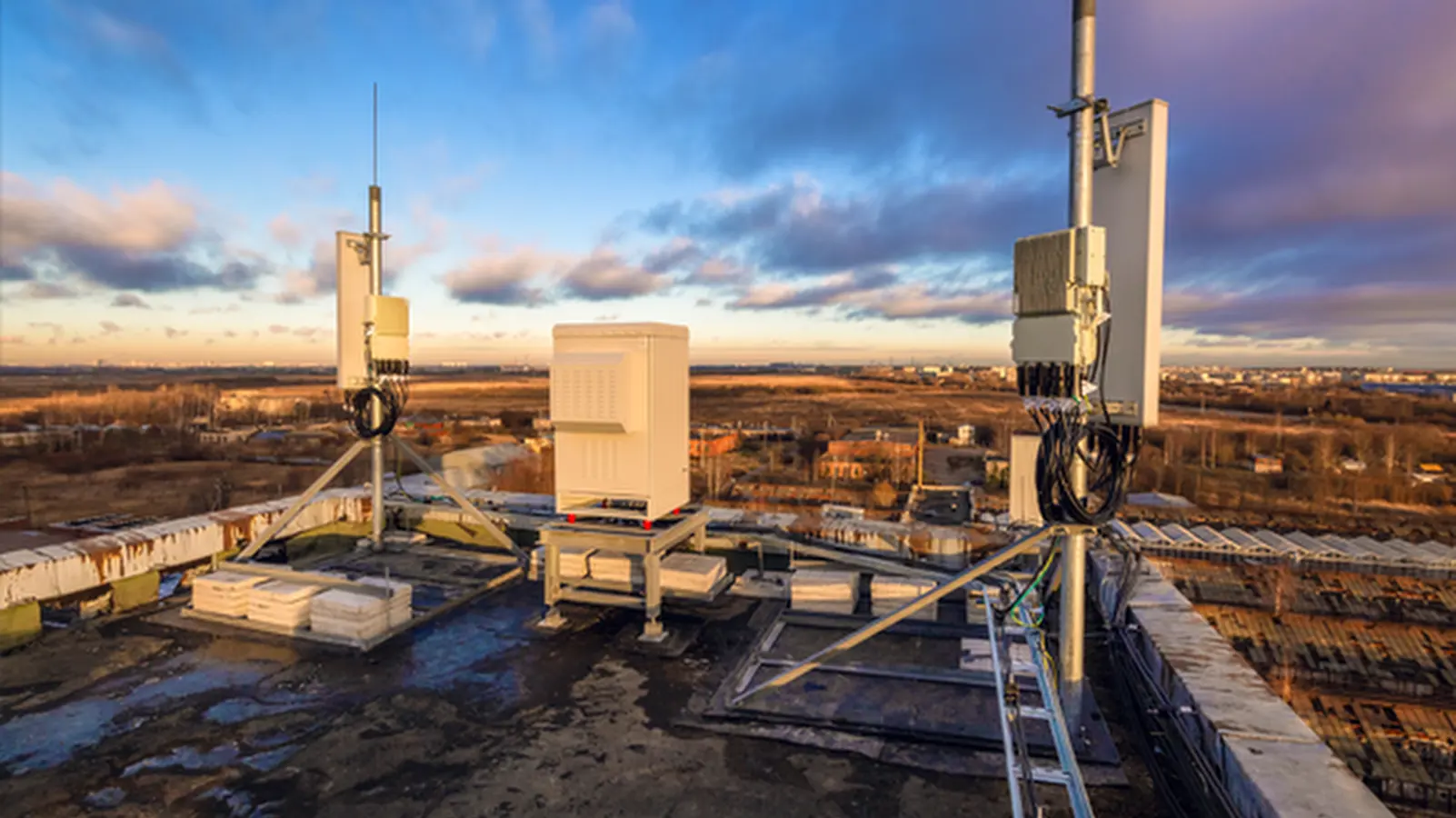
Categories
Brief summary of this white paper
In today’s rapidly evolving technology landscape, telco operators face challenges as they consider how to prepare their far edge infrastructure to adapt to the fundamental technology transitions while keeping IT investments under control. Ongoing 5G rollouts, planning for 5G Advanced and laying technological foundations for 6G are transforming how telco operators think about far edge of their network.
This whitepaper, co-authored with Intel and Hewlett Packard Enterprise, describes some of the new innovative tools available to operators for building out next generation, open flexible far edge infrastructure while optimizing for the total cost of ownership (TCO).
Excerpt from the white paper
The objective of this white paper is to describe some of the new innovative tools available to operators for building out next generation, open flexible far edge infrastructure while optimizing for the total cost of ownership (TCO).
The following trends shape the developing definition of telco far edge:
- Transition from legacy RAN to cloudified Open RAN – As the industry transitions from legacy RAN to OpenRAN, foundational compute technology deployed at the far edge is changing from specialized appliances to open general purpose compute systems
- Diversification of far edge applications – As telcos diversify from legacy RAN, cloudified Open RAN is the first “killer app” with many more to come. The growing landscape of far edge applications covers a wide range of use cases – from optimizing far edge TCO with virtualization of adjacent transport functions and introduction of AI to improve RAN efficiency, to exploring new revenue streams with network slicing and far edge multitenancy.
- Total Cost of Ownership (TCO) – Regardless of technological and business model innovations, telco operators are under constant pressure to optimize capital efficiency of the network buildout. Far edge infrastructure is responsible for >70% of operator network TCO, thus any technological evolution is judged via lenses of TCO reduction. In addition, much of telco infrastructure is fixed, but is required to support higher compute within same cooling and power constraint, which is not possible with traditional infrastructure.
- Sustainability – Customers are looking for sustainable solutions that reduce power utilization alongside rising energy prices that will reduce their carbon footprint whilst supporting increased demand for compute at the edge.
Download the white paper here.
